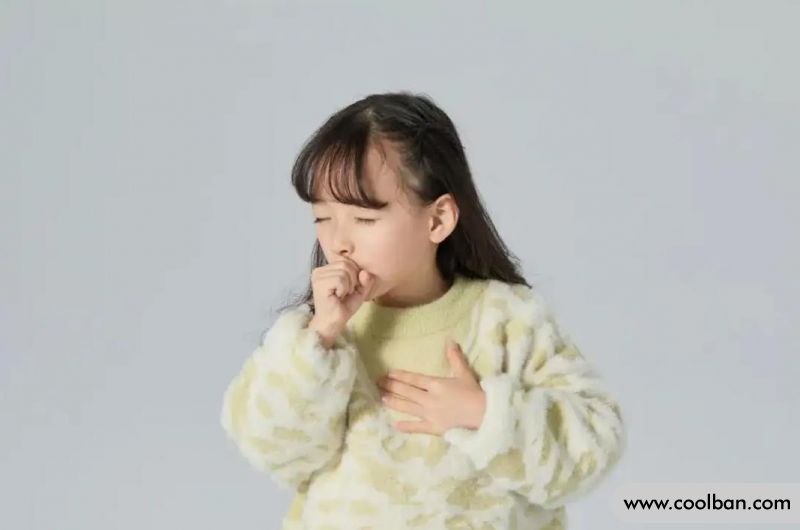Treatment of Pediatric Bronchitis
What is the treatment for pediatric bronchitis? Pediatric bronchitis is inflammation of the bronchi. The lesions of pediatric bronchiolitis mainly occur in the bronchioles of the lungs, that is, the capillaries, so the disease is called "bronchiolitis", which is usually caused by viral diseases such as the common cold and influenza. Complications from infection, which may also be caused by bacterial infection, are common acute upper respiratory tract infections in children. Parents must pay attention, the harm of this disease is very great, come and see, protect the baby.

Causes of bronchitis in children
Pediatric bronchitis, the disease name is "bronchiolitis". The pathogen of bronchiolitis is mainly respiratory syncytial virus, which can account for more than 80%; the others are adenovirus, parainfluenza virus, rhinovirus, influenza virus, etc.; a small number of cases can be caused by Mycoplasma pneumoniae. Edema, increased mucus secretion, combined with necrotic mucosal epithelial cells shedding, blocked the lumen, resulting in obvious emphysema and atelectasis. Inflammation usually involves the alveoli, alveolar walls, and interstitium, so it can be considered a specific type of pneumonia.
Bronchiolitis is different from general bronchitis or bronchitis in that the clinical symptoms are similar to pneumonia, but mainly wheezing. The disease mostly occurs in children under 2.5 years old, 80% occurs in children under 1 year old, and most of them are children under 6 months. Typical bronchiolitis usually occurs 2 to 3 days after upper respiratory tract infection, with persistent dry cough and fever. The body temperature is moderate to low fever, and the onset of wheezing is its characteristic. The disease is more serious on the 2nd and 3rd after the onset of wheezing. During the onset of wheezing, the breathing increases significantly, reaching more than 60 to 80 times per minute, accompanied by exhalation. Prolonged and Hohhot gas laryngeal wheezing; severe children showed obvious nasal congestion and "three concave sign". (that is, the supraclavicular fossa, suprasternal fossa, and epigastric depression appear during inhalation), pale complexion, bruising around the mouth, or cyanosis, and children are often irritable and moaning; Most cases can be relieved after treatment, and death is rare.
Mostly by virus and bacteria mixed infection. According to epidemiological survey, there are mainly rhinovirus, syncytial virus, influenza virus and rubella virus. The more common bacteria are pneumococcus, hemolytic streptococcus, staphylococcus, influenza bacillus, salmonella and diphtheria bacillus. In addition, sudden changes in temperature, air pollution, anatomical and physiological characteristics of children's respiratory tract, allergic factors, and low immune function are all causes of this disease.
Symptoms of bronchitis in children
Symptom 1: Age is more common in children under 1 year old, especially infants under 6 months.
Symptom 2: The disease can occur all year round, but it is more common in winter and spring.
Symptom 3: The onset is more acute, with pre-cold symptoms, such as coughing, sneezing, etc. The cough worsens after 1-2 days, accompanied by paroxysmal dyspnea, asthma, pale complexion, cyanotic lips, three concave signs, and pulmonary signs Early stridor was predominant, followed by wet sound. Severe symptoms may be associated with congestive heart failure, respiratory failure, hypoxic encephalopathy, and water and electrolyte disturbances. The general body temperature does not exceed 38.5 ℃, and the course of the disease is 1-2 weeks.
Symptom 4: Blood leukocytes are mostly normal or slightly elevated. Blood gas analysis showed hypoxemia and decreased or increased arterial carbon dioxide partial pressure. Chest X-ray showed thickening of lung markings, enhanced transparency of both lungs, or small shadows and atelectasis. If conditions permit, rapid diagnosis of the virus in respiratory secretions can be done to determine the type of virus.

The best treatment for bronchitis in children
Pediatric bronchitis needs aggressive treatment, so what is the best treatment for pediatric bronchitis?
Bronchitis is one of the common diseases of the respiratory system, which is an acute and chronic inflammatory change of the bronchial mucosa. If it is an acute bacterial infection, antibiotics and anti-infective treatment should be selected according to the condition. At the same time, symptomatic treatment is also required. Antitussive and expectorant drugs, such as aminophylline, montelukast sodium, ambroxol, etc., should be combined with fog if necessary. inhalation.
Of course, Chinese patent medicine preparations also have good curative effects, such as syrup, Zhike Pingchuan granules, Lanqin oral liquid, etc., which need to be selected according to syndrome differentiation and treatment. In addition, in daily life, it is necessary to avoid some factors that induce bronchitis in children, try to avoid colds, avoid colds, and keep the indoor environment clean.
